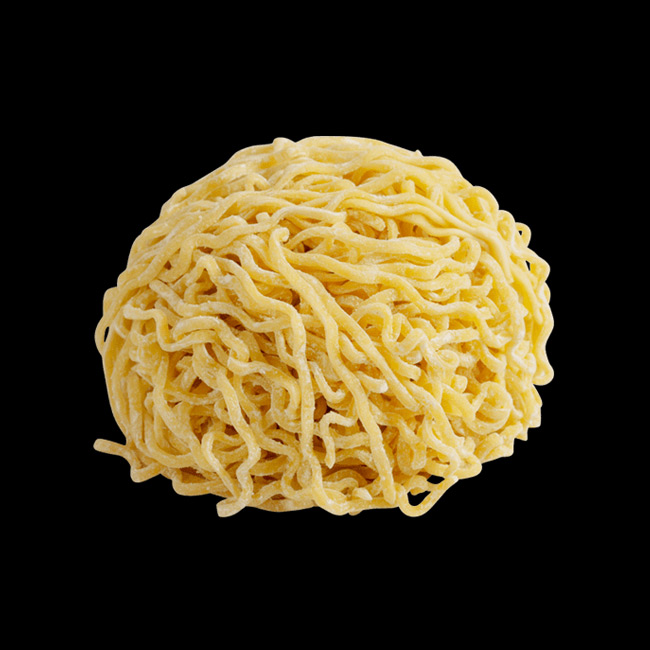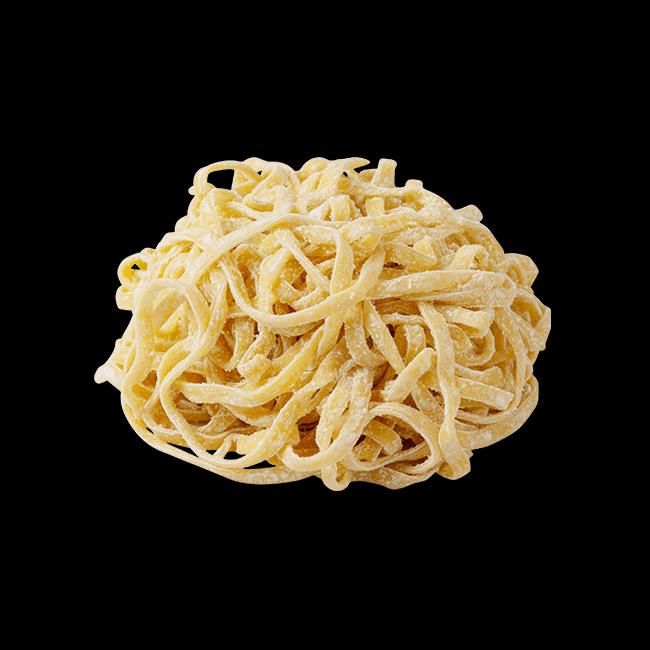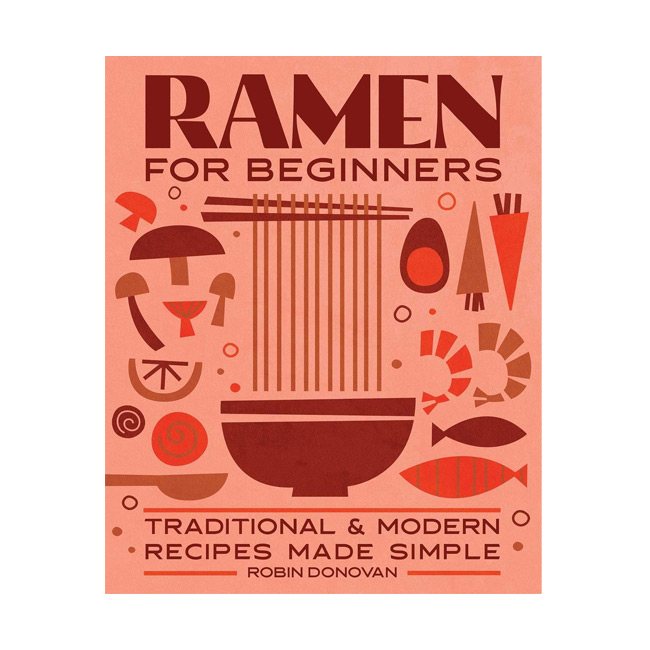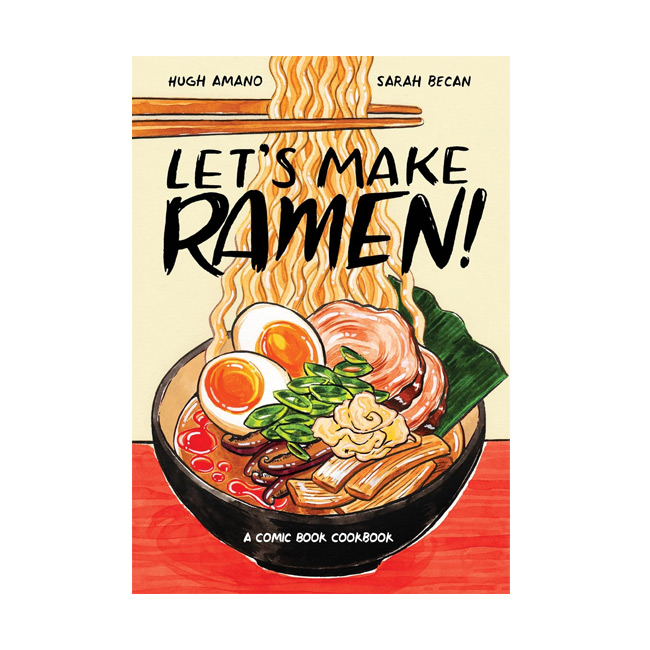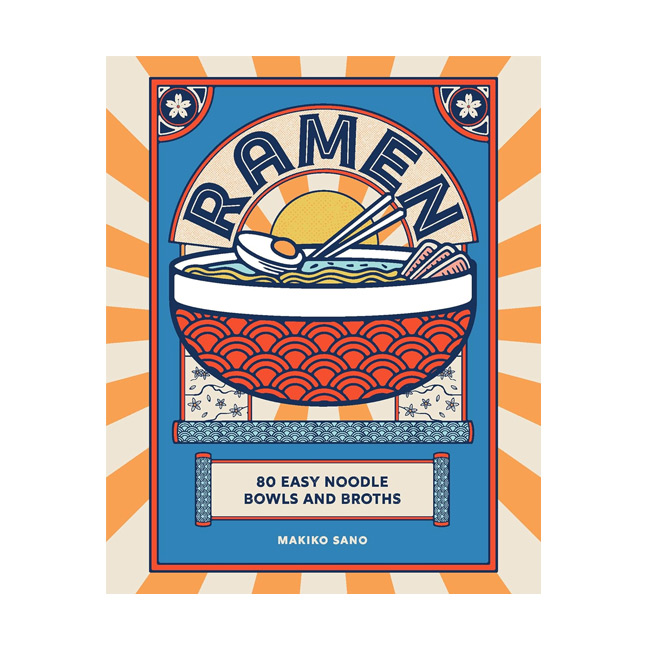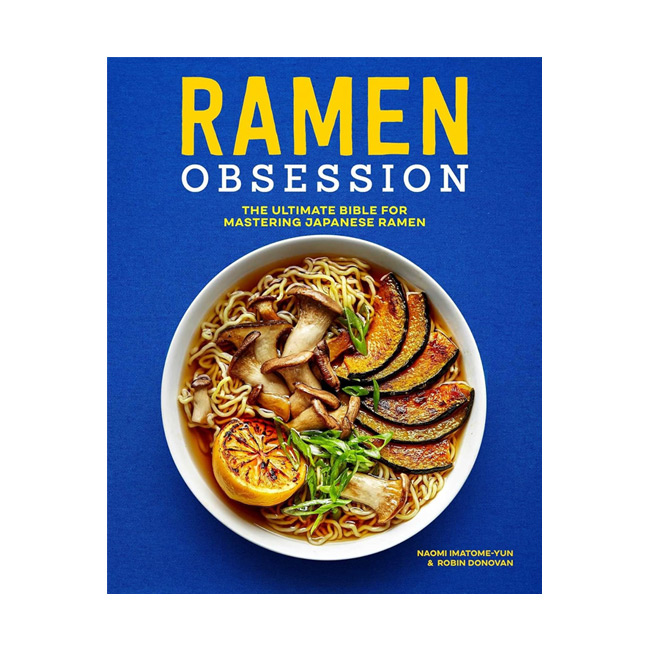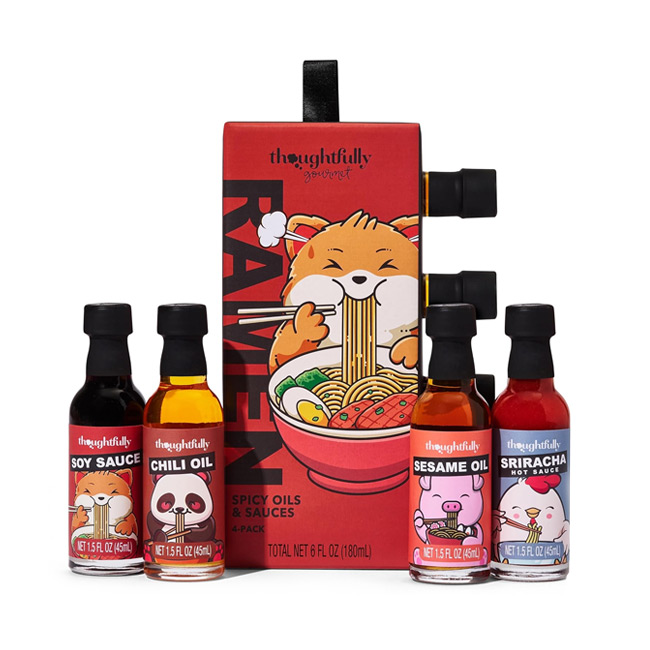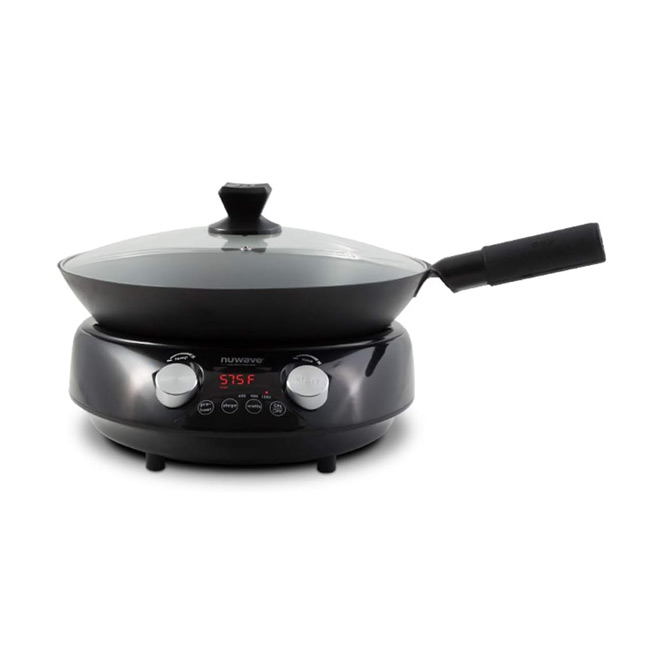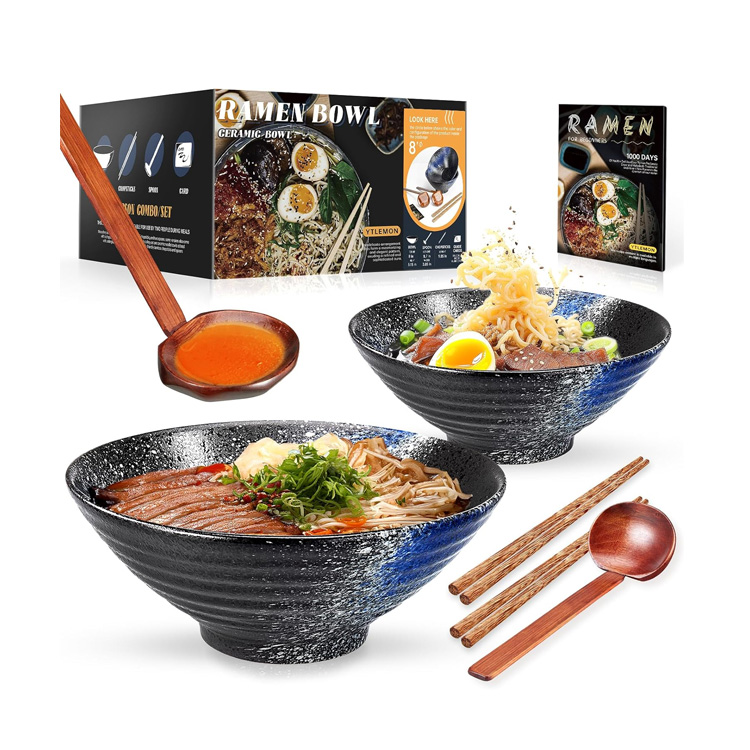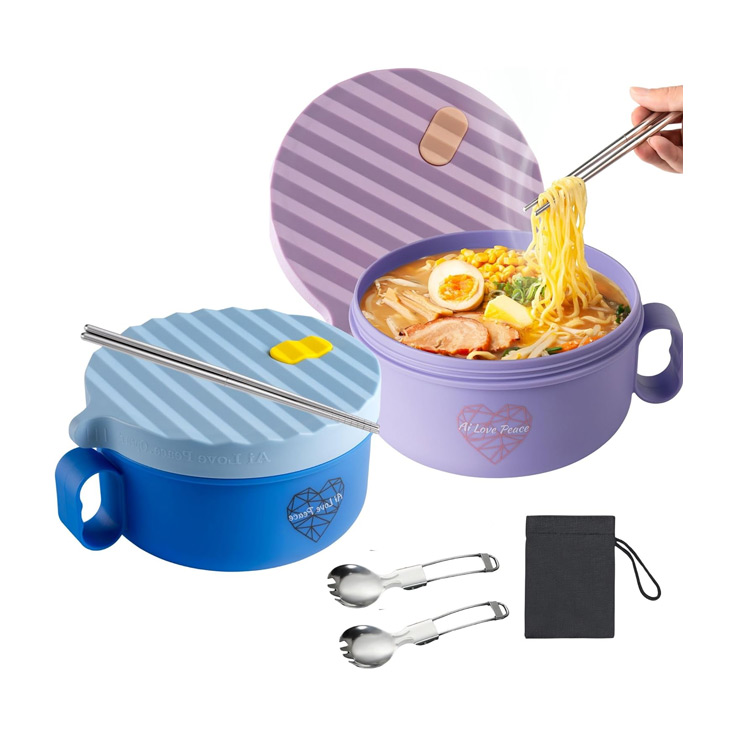Wavy noodles, known as chijiremen, are a unique and popular variety in the world of ramen. These noodles are characterized by their curly, bouncy strands, which add an interesting texture and appearance to any bowl of ramen.
Made from wheat flour, water, and kansui, chijiremen have a springy, chewy consistency that makes them stand out. The wavy shape is not just for aesthetics; it helps the noodles capture and hold onto the broth and toppings, ensuring that each bite is packed with flavor. Chijiremen are especially favored in ramen dishes with lighter broths, where their unique texture can shine without overwhelming the other components.
Usage and Selection
Chijiremen are typically used in ramen dishes with lighter broths, such as shoyu (soy sauce) and shio (salt) ramen. Their wavy structure makes them excellent at capturing and holding onto the broth, allowing for a more flavorful eating experience.
When selecting chijiremen, look for noodles with a consistent curl and a firm texture, which indicates good quality and proper preparation. Fresh wavy noodles are ideal for achieving the best texture and flavor, but high-quality dried options are also available and can be equally satisfying.
Cooking chijiremen requires a bit of attention to ensure they are cooked just right; they should be boiled until they are tender yet still retain their signature springiness.
Wavy Noodles and Ramen
Wavy noodles are a versatile choice that pairs well with various broths, particularly those that are lighter and more delicate. Their unique texture and shape make them a favorite in several ramen styles. Here’s an introduction to some popular types of ramen that traditionally use chijiremen:
Wavy noodles are excellent for ramen dishes with lighter broths, providing a springy texture that enhances the overall dining experience. Their curly shape helps them hold onto the broth and toppings, making each bite flavorful and satisfying. Here are some common types of ramen that feature wavy noodles:

Shoyu Ramen
Shoyu ramen uses a clear and salty soy sauce broth and is considered fairly balanced, with many comforting flavors.
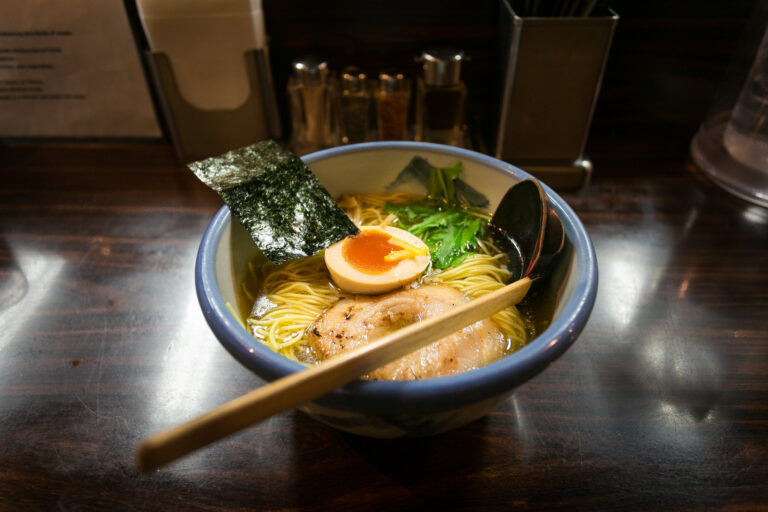
Shio Ramen
Shio Ramen is based on chicken broth. Its main seasoning is salt, and its toppings are usually a refreshing mix of seafood and veggies.
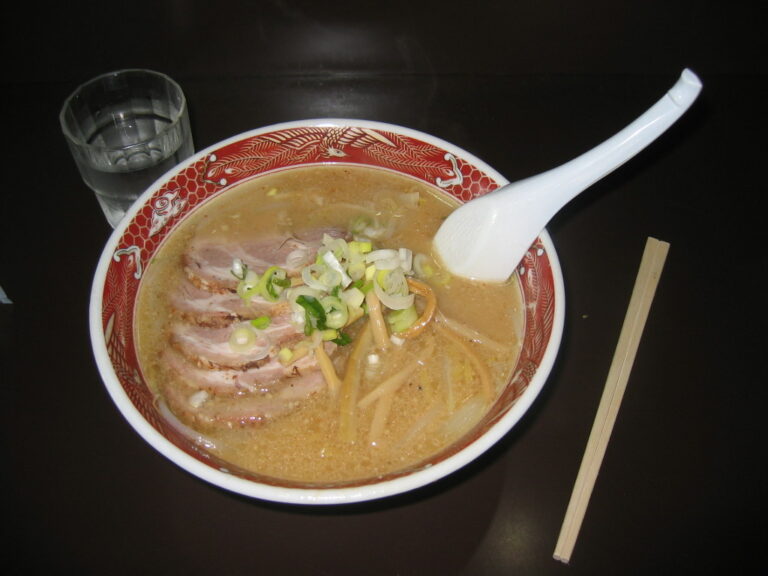
Sapporo Ramen
Sapporo ramen is hearty and flavorful and originates from Hokkaido, Japan. It uses a rich red miso-based broth and chukamen noodles.
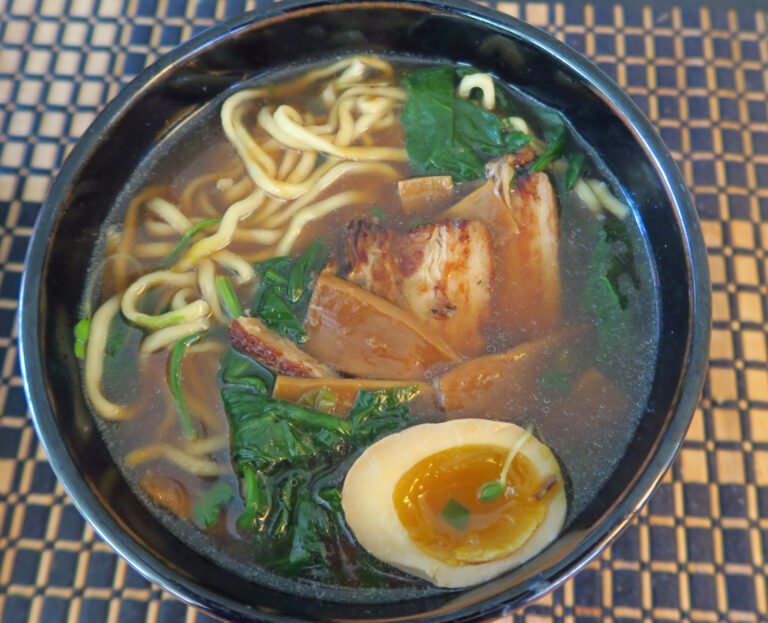
Tokyo Ramen
Tokyo ramen is a beloved Japanese soup known for its clear shoyu broth, firm curly noodles, and a soy-flavored chicken broth.

